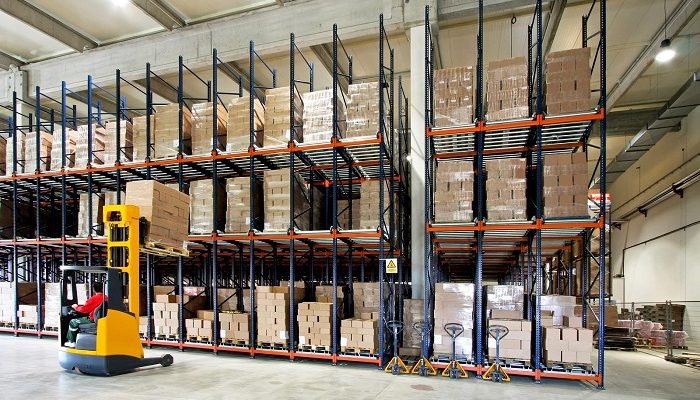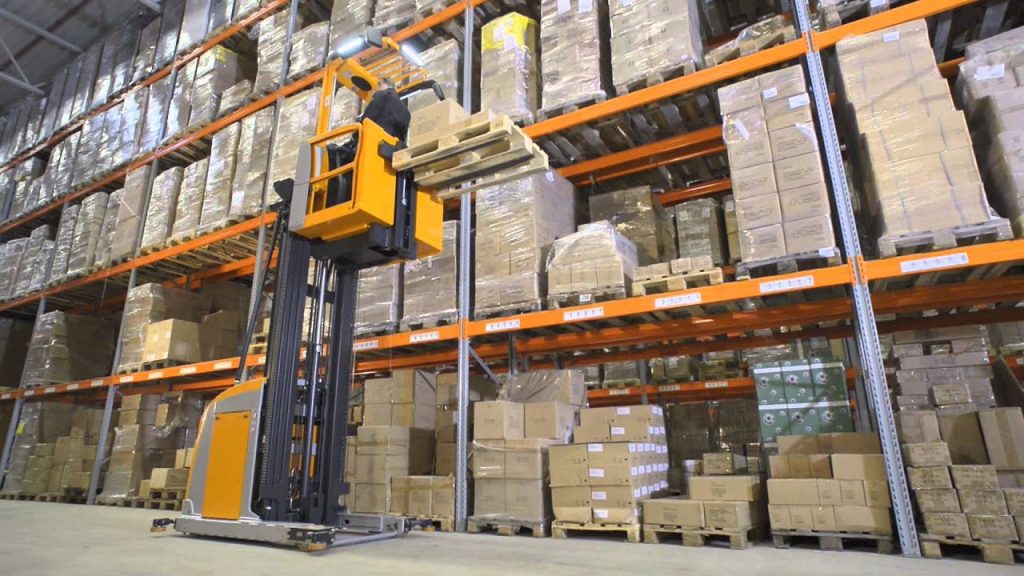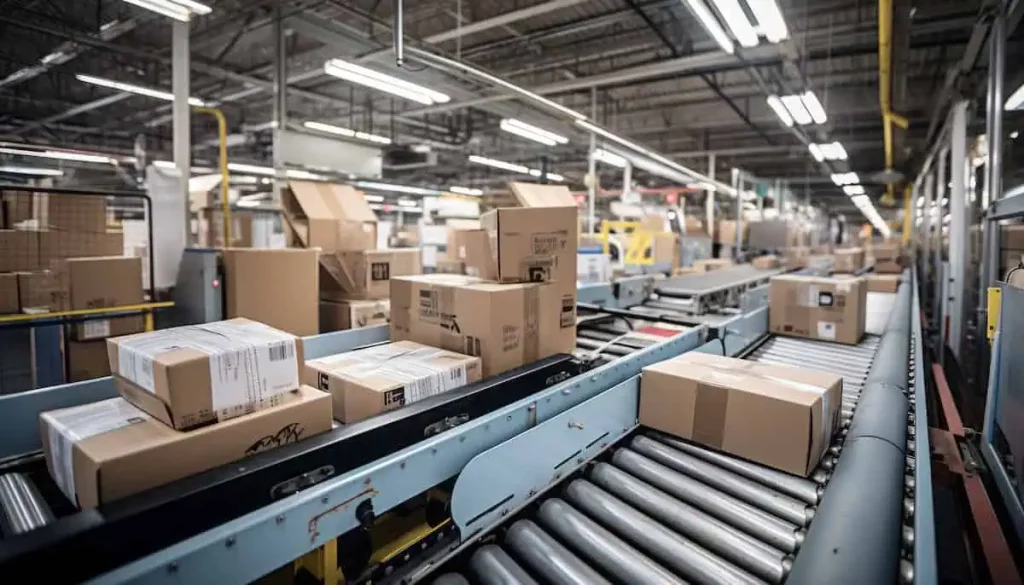In the fast-paced world of logistics and manufacturing, the efficient movement and management of materials are crucial to success. Whether you’re managing a bustling warehouse, overseeing a busy construction site, or optimising a production line, the right equipment is crucial. This beginner’s guide delves into the various types and uses of this gear, shedding light on how these powerful tools can enhance productivity and streamline operations.
When it comes to streamlining your operations, durable material handling equipment can make a lot of difference. From versatile trolleys and robust lifting equipment to reliable conveyors and sturdy storage options, these products cater to various industrial needs. They boost productivity and ensure safety and ease in handling materials, making your daily tasks more manageable and less labour-intensive. They’re made from high-quality materials and have a robust construction, so they can withstand the demands of any industrial environment.
Storage

Storage and handling equipment is fundamental for efficiently organising inventory and materials awaiting further processing. These tools help maximise both vertical and floor space, making your warehouse more efficient. Think of bins and drawers – they keep small to medium-sized items neatly arranged and easily accessible, either for employees or automated systems. Mezzanines are also a great addition, creating an extra level within your warehouse, offering additional storage or workspace without expanding the building’s footprint.
Pallets and pallet stacking frames help you manage and move packaged loads. Pallets make it easy to transport items with industrial trucks or pallet jacks, while stacking frames allow you to stack loads vertically, conserving floor space. Storage containers, often known as shipping containers, are versatile for storing large items or significant quantities of materials. And let’s not forget storage racks – they enable efficient use of vertical space by providing multiple levels for storing items. Drive-in racks, in particular, maximise storage density, allowing forklifts to place pallets deep within the rack structure.
Trucks and Machines

Industrial trucks and machines are indispensable for efficiently loading and transporting materials in warehouses and industrial settings. This type of material handling equipment ranges from manual hand trucks to motorised forklifts, each designed to handle specific tasks. Forklifts, for instance, can manage loads up to 5,000 pounds and lift them as high as 15 feet, with larger models available for heavier tasks.
Order pickers help workers access items on elevated shelves, enhancing picking efficiency. Pallet jacks, available in both manual and electric versions, are perfect for moving pallets with ease. Side loaders are great for navigating narrow aisles, and walkie stackers, which are operated from behind, offer a compact solution for lifting and transporting materials in tight spaces. These versatile tools significantly boost productivity, streamline operations, and reduce the physical strain on workers.
Bulk Equipment

Bulk material equipment is essential for moving, loading, and processing large quantities of items, from small grains to larger consumer goods. These machines are used in various environments, from farms to warehouses. Conveyors are common in warehouses, efficiently moving materials along belts and pulleys. In agricultural settings, bucket elevators transport loose materials like grain vertically. Bulk-handling cranes, equipped with specialised grabs, lift heavy bulk cargo.
Dump trucks are used in construction to haul and unload materials. Hoppers, often seen on farms, transport and unload bulk products through compartments. Stackers and reclaimers work together, with the stacker piling materials and the reclaimer directing them to conveyors. Silos, the tall cylindrical containers, provide high-volume storage for materials like coal or feed. Each of these tools plays a vital role in handling bulk materials efficiently and effectively.
Engineered Systems

Engineered systems represent the pinnacle of automation in warehouse equipment, seamlessly integrating various technologies to minimise manual labour. Predominantly found in manufacturing and warehousing, these systems can streamline your operations and enhance efficiency. Automated storage and retrieval systems (AR/RS) use robotics to precisely place and retrieve materials from designated storage locations, significantly speeding up the process.
Automated guided vehicles (AGVs) navigate spaces autonomously, following pre-programmed routes to transport items. More advanced autonomous mobile robots (AMRs) can adapt to their surroundings using sophisticated sensors. Palletisers automate the stacking of items onto pallets, reducing the physical strain on workers.
Sortation systems detect and direct objects to specific destinations, ensuring items are efficiently routed within the facility. Warehouse robots, powered by AI, handle repetitive tasks like picking products from shelves. These engineered systems transform material handling, making operations faster, safer, and more reliable.
Tips for Purchasing
So, how do you select handling equipment? When buying this type of equipment, there are several key factors to consider:
Space and function: The goal is to improve efficiency, so think about how to maximise your space. For instance, adding a mezzanine can significantly increase your usable square footage in a warehouse;
Materials: The type of your materials will determine the equipment you need. Granular items may need special packaging, while boxed items are easily managed with pallets. For outdoor environments, you might require a crane or a reclaimer to handle large, heavy materials;
Automation vs. labor: While automation can boost efficiency, it comes with higher costs. Often, a blend of automated and manual equipment is ideal. For example, robotic systems can pick products and deliver them to a human worker for quality checks and packaging.
























